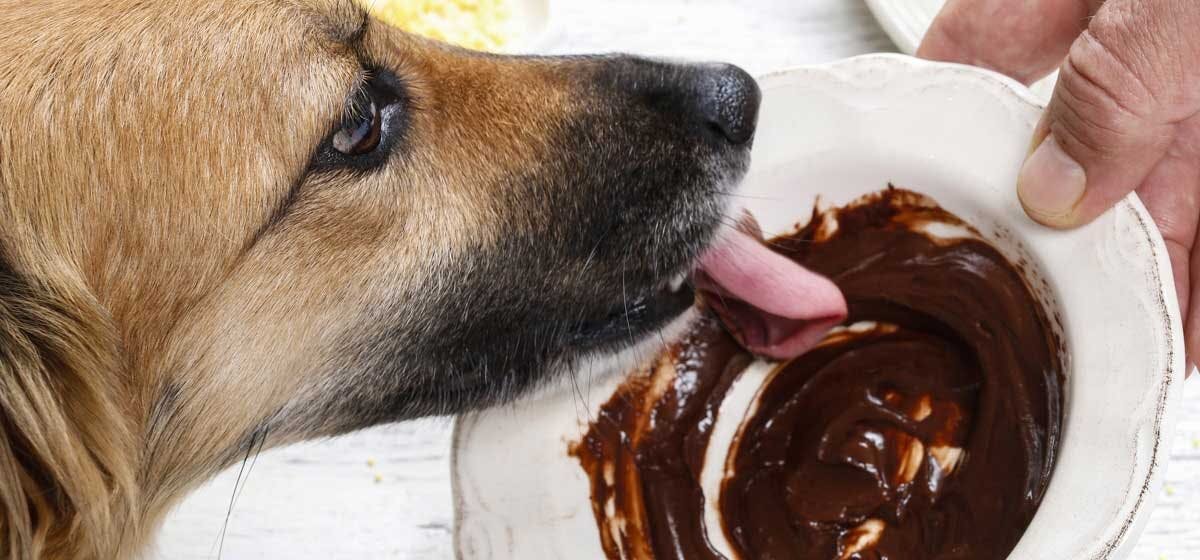Oh no! Your dog ate chocolate, what do you do? Surprisingly, not many dog owners are knowledgable when they are confronted with this problem. If you are the opposite, then GO YOU! You ROCK! Keep being the awesome pet parent that you are.
If you are one of those dog owners that doesn’t know quite what to do if your dog eats chocolate, then don’t worry we still think you are AWESOME and this pupdate is a perfect fit for you. As pet experts, our job at Wags to Wiskers Pet Supplies is to provide you not only with great selection at great prices, but resources and information and news as well. Stop by your local Wags to Wiskers Pet Supplies stores in the Ann Arbor, MI area (2270 W. Stadium Blvd, Ann Arbor, MI, 48103) or the Chelsea, MI area (1192 S. Main St, Chelsea, MI, 48118) for further knowledge from our helpful staff.
Seeing as it’s Halloween week, we thought this would be an appropriate treat to hand out to our WagsFam.
My Dog Ate Chocolate
What do I do?
The Chocolate Chart
In case you don’t want to read all of this, here’s the most critical information right at the start. Chocolate can be toxic for dogs, but it does depend on the amount consumed and the size of the dog.
In simple terms, a very concerning dose of chocolate is approximately one ounce of milk chocolate per pound of body weight. Since an average Hershey’s Milk Chocolate bar is 1.55 ounces, consuming even one chocolate bar can have serious consequences, especially for small dogs.
If you’re uncertain how much chocolate your dog has consumed, the best thing you can do for your dog is to immediately contact your vet and/or the ASPCA Animal Poison Control Center at (888) 426-4435. In severe cases, they will probably advise you to go to your veterinarian to induce vomiting and to provide activated charcoal to soak up the toxins in your dog’s system. In less severe cases, they might just advise you to keep an eye out for symptoms.
Symptoms of Chocolate Poisoning in Dogs
Signs of chocolate poisoning usually appear within 6 to 12 hours after your dog has eaten it and may last up to 72 hours. Due to such a prolonged timespan, this can be problematic when Halloween tends to occur during the evenings. Be on the lookout for anxious behavior, whining (which may be due to a tummy ache), or some of these physical symptoms:
Vomiting
Diarrhea
Restlessness (or inability to sleep at night)
Increased urination
Tremors
Elevated or abnormal heart rate
Seizures
Collapse and death
Wondering why dogs can’t eat these delicious candies like we can? Well, chocolate has ingredients that are toxic for dogs.
This is a big NO-NO!!!!
Why is Chocolate Bad for Dogs?
Chocolate contains both theobromine and caffeine, both of which can speed the heart rate and stimulate the nervous system of dogs. Different types of chocolates have various amounts of these ingredients, as well as other additives that can have negative effects on dogs. Here are a few types of chocolate listed in order of theobromine content:
Cocoa powder (most toxic)
Unsweetened baker’s chocolate
Semisweet chocolate
Dark chocolate
Milk chocolate
Keeping my Dog Safe
This Halloween if you want to keep your dog safe, ultimately your best bet is to put the candy basket far out of reach of your pups and to prevent them from running out into public areas where candy can be found on the street as an easy groundscore.
Check out our other Pupdate on Halloween Safety Tips to make sure you navigate this holiday with appropriate cautionary measures.



